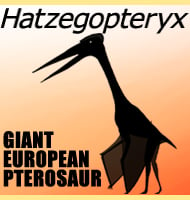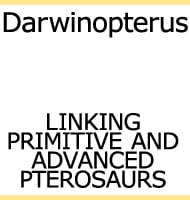Mononykus
In Depth Mononykus has a close relationship with another genus of alvarezsaur named Shuvuuia in that many of the fossils once attributed to Mononykus olecranus were found to be of a distinct genus, and these were moved to their own genus named Shuvuuia. Hence many of the older reconstruction and information resources about Mononykus are … Read more

